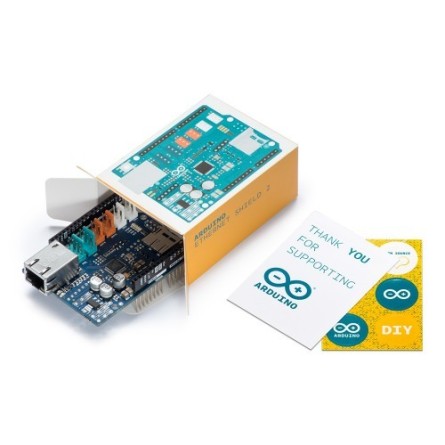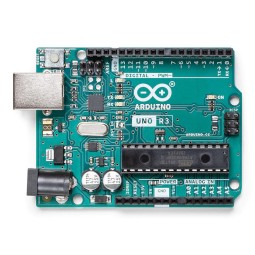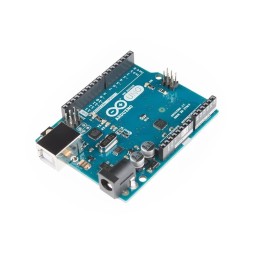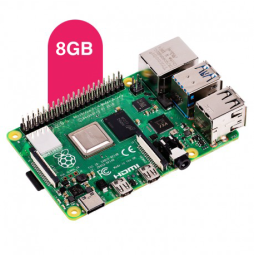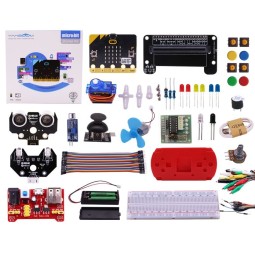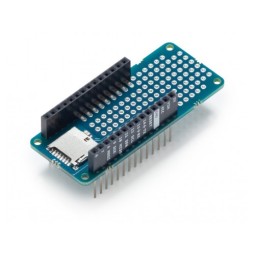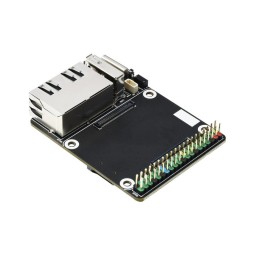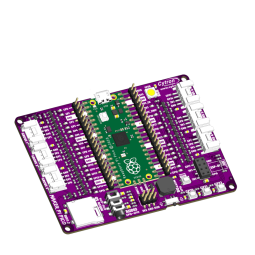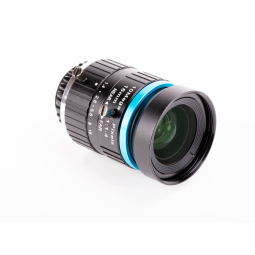- On sale!
Arduino Ethernet Shield 2
TheArduino Ethernet Shield 2 allows you to connect your Arduino to the Internet.
Arduino Ethernet Shield 2
Arduino Ethernet Shield 2 connects your Arduino to the Internet in minutes. Simply plug this module into your Arduino card, connect it to your network with an RJ45 cable (not included) and follow a few simple steps to start controlling your nano-computer via the Internet. As always with Arduino, every element of the platform (hardware, software and documentation) is freely available and open-source.
Hundreds of thousands of Arduino cards are already fueling the creativity of people around the world, every day.
Description
The Arduino Ethernet Shield 2 allows a Arduino card to connect to the Internet. It is based on the Wiznet W5500 Ethernet chip. The Wiznet W5500 provides a network (IP) stack capable of both TCP and UDP. It supports up to eight simultaneous connection ports. Use the Ethernet library to write sketches that connect to the Internet using the shield. The Ethernet Shield 2 connects to a Arduino card using the headers. This keeps the pin layout intact and allows another shield to be stacked on top.
The most recent revision of the board exposes pinout 1.0 on the Arduino UNO revision 3 board.
The Ethernet Shield 2 has a standard RJ-45 connection, with a built-in line transformer and Power over Ethernet enabled.
There is a slot for the built-in micro-SD card, which can be used to store files to be served over the network. It is compatible withArduino Uno and Mega (using the Ethernet library). The built-in micro-SD card reader is accessible via the SD library. When working with this library, SS is on pin 4.
The Shield also includes a reset controller, to ensure that the W5500 Ethernet module is properly reset at power-up. Previous revisions of the Shield were not compatible with the Mega and had to be manually reset after power up. The current Shield supports a Power over Ethernet (PoE) module designed to extract power from a conventional Category 5 twisted pair Ethernet cable.
The PoE module has the following features:
- IEEE802.3af compliant
- Input voltage range 36V to 57V
- Overload and short circuit protection
- 12V output
- High efficiency DC to DC converter: typ 85% @ 80% load
- 1500V isolation (input to output)
The Shield does not come with a built-in PoE module, this is a separate component that must be added. Arduino communicates with the W5500 and the SD card using the SPI bus (via the ICSP header). These are digital pins 10, 11, 12 and 13 on the Uno and pins 50, 51 and 52 on the Mega. On both cards, pin 10 is used to select the W5500 and pin 4 for the SD card. These pins cannot be used for general I/O. On the Mega, the hardware SS pin, 53, is not used to select the W5500 or the SD card, but it must be kept on output or the SPI interface will not work.
Note that since the W5500 and the SD card share the SPI bus, only one can be active at a time. If you use both devices in your program, this should be supported by the corresponding libraries. However, if you are not using one of the devices in your program, you will have to deselect it explicitly. To do this with the SD card, set pin 4 as the output and write a high to it. For the W5500, set digital pin 10 as high output.
- The Shield provides a standard RJ45 Ethernet jack.
- The Shield's reset button resets both the W5500 and the board Arduino.
- The Shield contains a number of information LEDs:
- ON: indicates that the board and shield are powered up
- 13 is the standard Arduino built-in LED
- ACT: flashes when there is RX or TX activity
- LINK: indicates the presence of a network link and flashes when the Shield is transmitting or receiving data
In this image below, you will find the yellow ACT, the green LINK, the embedded LED 13 and the ON LED.

Features:
Operating voltage 5V (supplied by the board Arduino)
Ethernet controller: W5500 with 32K internal buffer
Connection speed: 10 / 100Mb
Connection with Arduino on the SPI port
Find the warranty information of your card.
Getting started
In the Getting Started section you can find all the information you need to configure your card, use the Arduino (IDE) software and start tinkering with coding and electronics.
Need help?
Check out the Ethernet library
Get help with your projects in the forum Arduino
You can also contact customer service Arduino
Summary
You might also like
Customers who bought this product also bought:
Questions (0)
No customer questions for the moment.
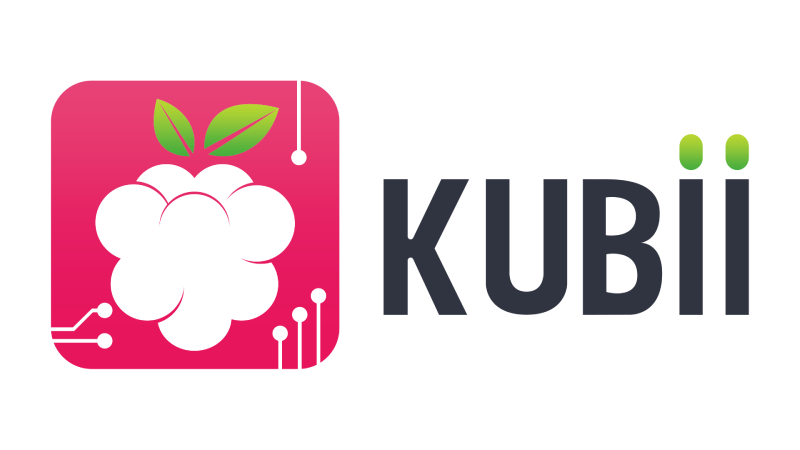

 Français
Français
 Español
Español
 Italiano
Italiano
 Deutsch
Deutsch
 Portugais
Portugais
